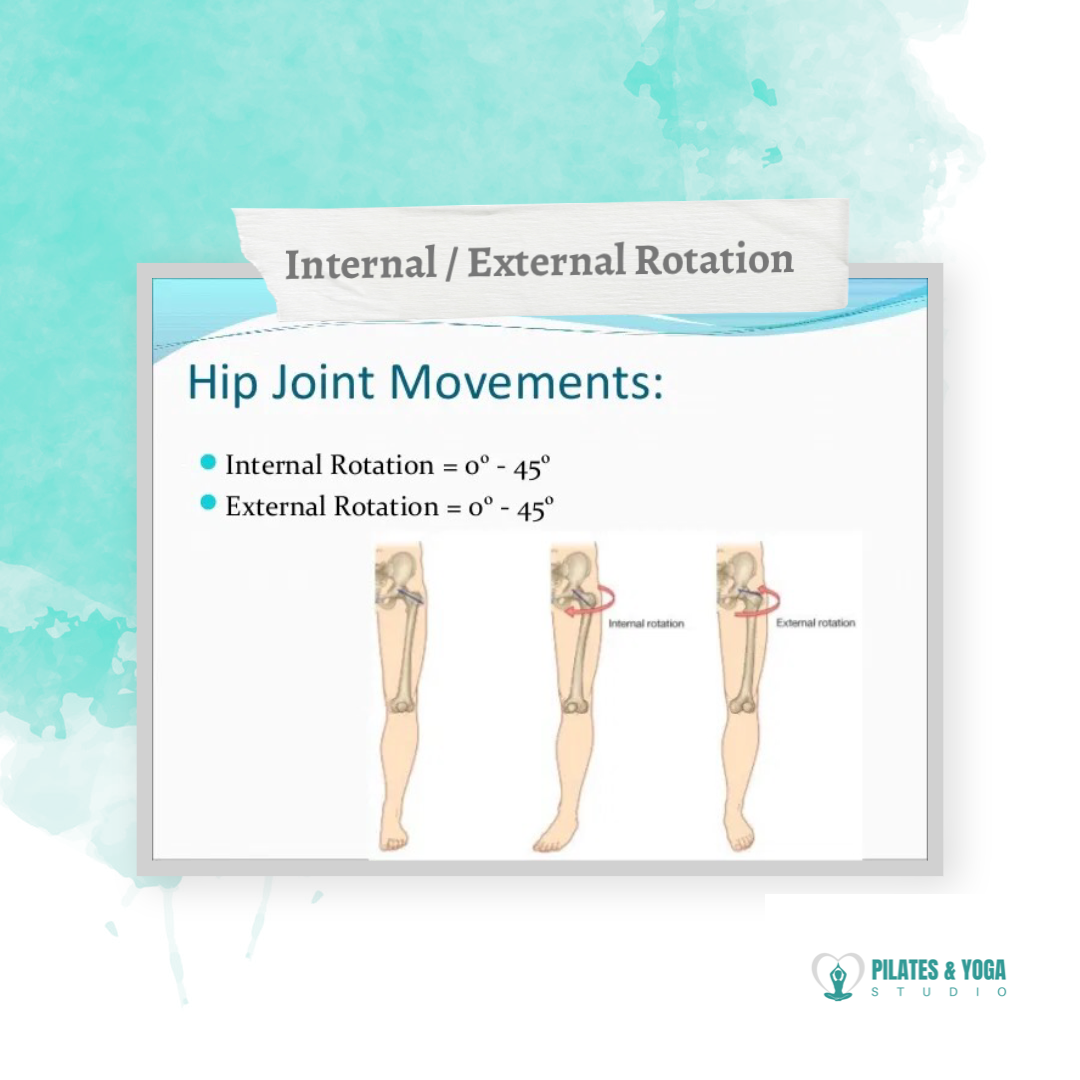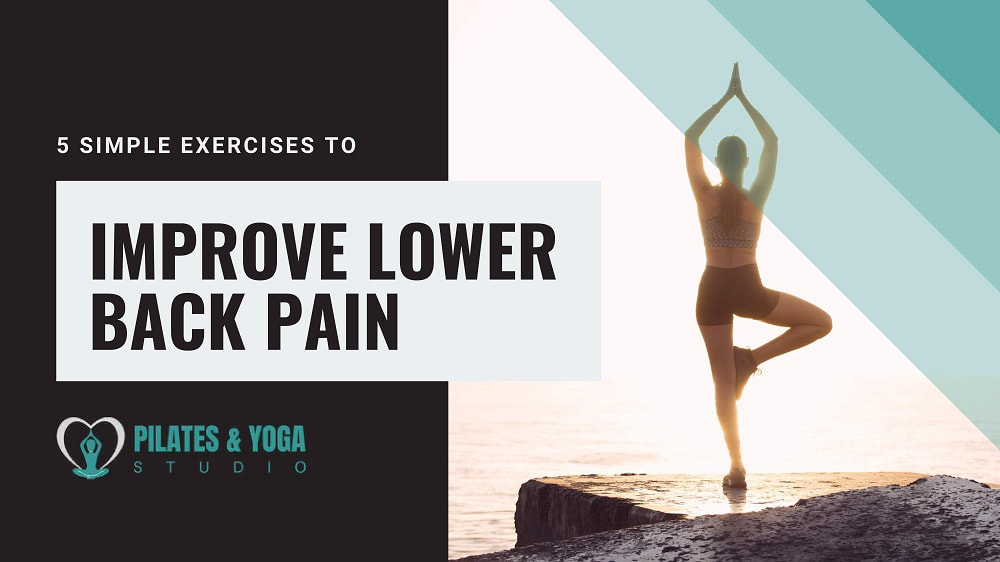5 SIMPLE EXERCISES TO
IMPROVE LOWER BACK PAIN
TO BLOG = TO SHARE, TO CONNECT, TO CREATE, TO INSPIRE
SUBSCRIBE TO OUR BLOG AND GET ACCESS TO OUR FREE GUIDE ON 5 SIMPLE EXERCISES TO IMPROVE LOWER BACK PAIN!
SUBSCRIBE TO OUR BLOG AND GET ACCESS TO OUR FREE GUIDE ON 5 SIMPLE EXERCISES TO IMPROVE LOWER BACK PAIN!




 RSS Feed
RSS Feed